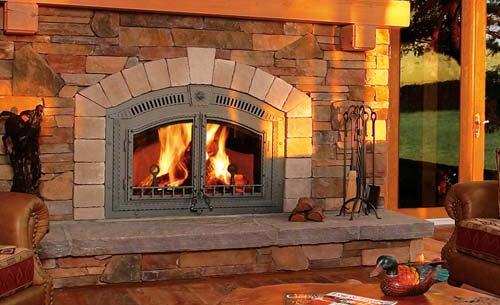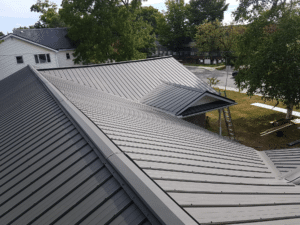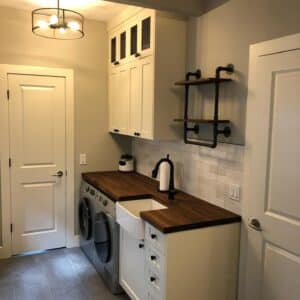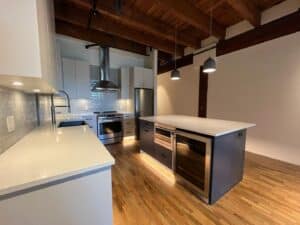Winter is looming on the horizon, days are shortening and temperatures are dropping. Homeowners are thinking about preparing their homes for the cold season ahead. The cost of natural gas is always on the rise and using your fireplace or wood burning stove can really help cut energy costs this winter. Before you light a fire in your fireplace, or flick on the gas fireplace, you should make sure it’s clean and safe for use.
Table of Contents
ToggleCheck and Clean Fire Box
The first place to start would be the actual fire box itself. If you didn’t empty out the ash and burnt logs from last season, now is a good time to do that. Put some newspaper on the floor and start shoveling the left over ash into a bucket. You can avoid a cloud of ash by spraying it down with a little bit of water first.
Once you have it cleaned out you can inspect the interior of the fire box for cracked bricks or missing mortar. You might have to clear soot stains with a simple soap and water mixture to really get a good look at it. If you find your fire box needs repair it is best to consult a professional for a fireplace and chimney inspection. You will find a fireplace company in our directory.
Inspect the Flue and Damper
The flue allows smoke to move through the chimney and the damper is the opening you can adjust to control the intact of air and temperature of your fire. Make sure the damper opens, closes and seals properly. It should move quite easily and should be free of ash and debris.
If it seems blocked you can try cleaning it. Open it as wide as possible and get in there with a stiff bristle brush, focusing on the edges. It might be hard to see so have someone hold a flashlight up for you and put a mirror on the bottom of your fire box to help you see the hard-to-reach places.
Sweep the Chimney
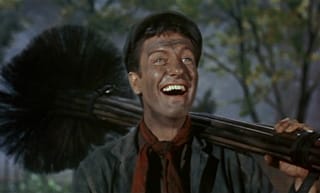
Check the Chimney’s Exterior
Go outside and give your chimney an exterior inspection. Make sure the chimney cap is in good shape. House Logic suggests you check the following:
- There’s no bird nest or debris buildup on the cap.
- There are no tree limbs above or near the chimney.
- The mortar and bricks on the chimney aren’t crumbling or missing.
- The chimney rises at least 2 feet above where it exits the roof.
- The chimney crown — the sloping cement shoulders at the top of the chimney — is beveled, which helps air flow.
- The flue liner is visible above the chimney crown.
- The chimney is plumb and not leaning to one side or the other.
- The roof flashing is tight against the chimney.
Inspecting your Gas Fireplace
Gas fireplaces are less maintenance, but they still need an annual inspection to ensure they’re running safely and efficiently. Look over the glass plate and make sure there are no cracks. If you have a glass door make sure it latches and seals properly. Turn off the gas at the shut-off valve and test the pilot light and igniter. Fire it up and check for any clogged log holes. You can clean those out with a needle.
If your gas fireplace vents outside, look around the vent for black marks or scorching. If you find them it might mean your ceramic logs will have to be cleaned. For more information consult a professional fireplace company for an inspection and maintenance.

